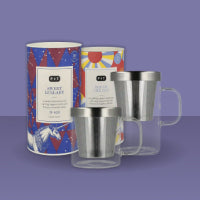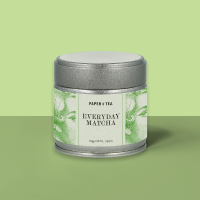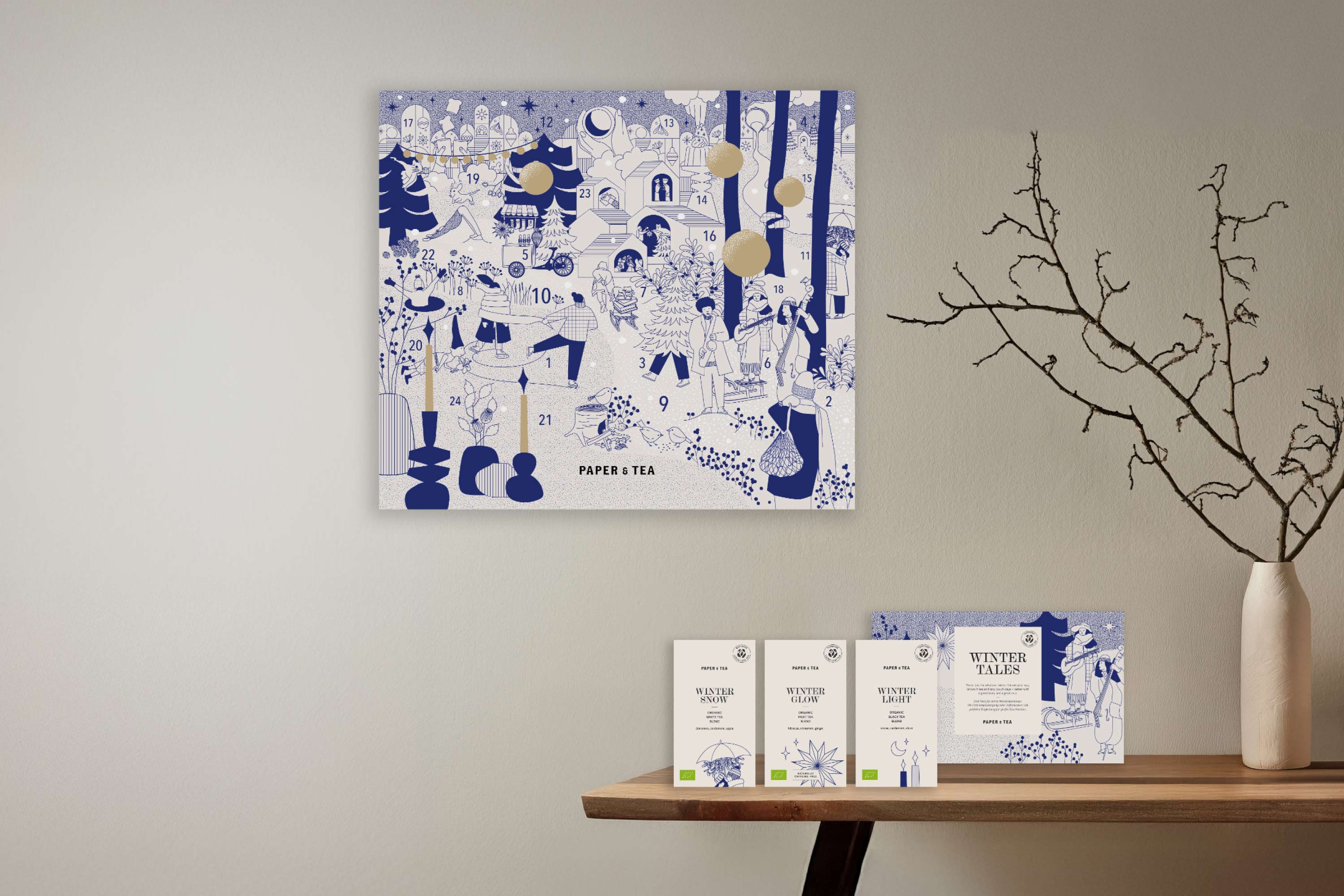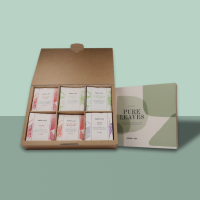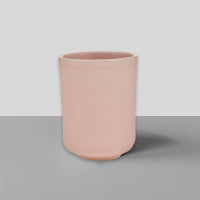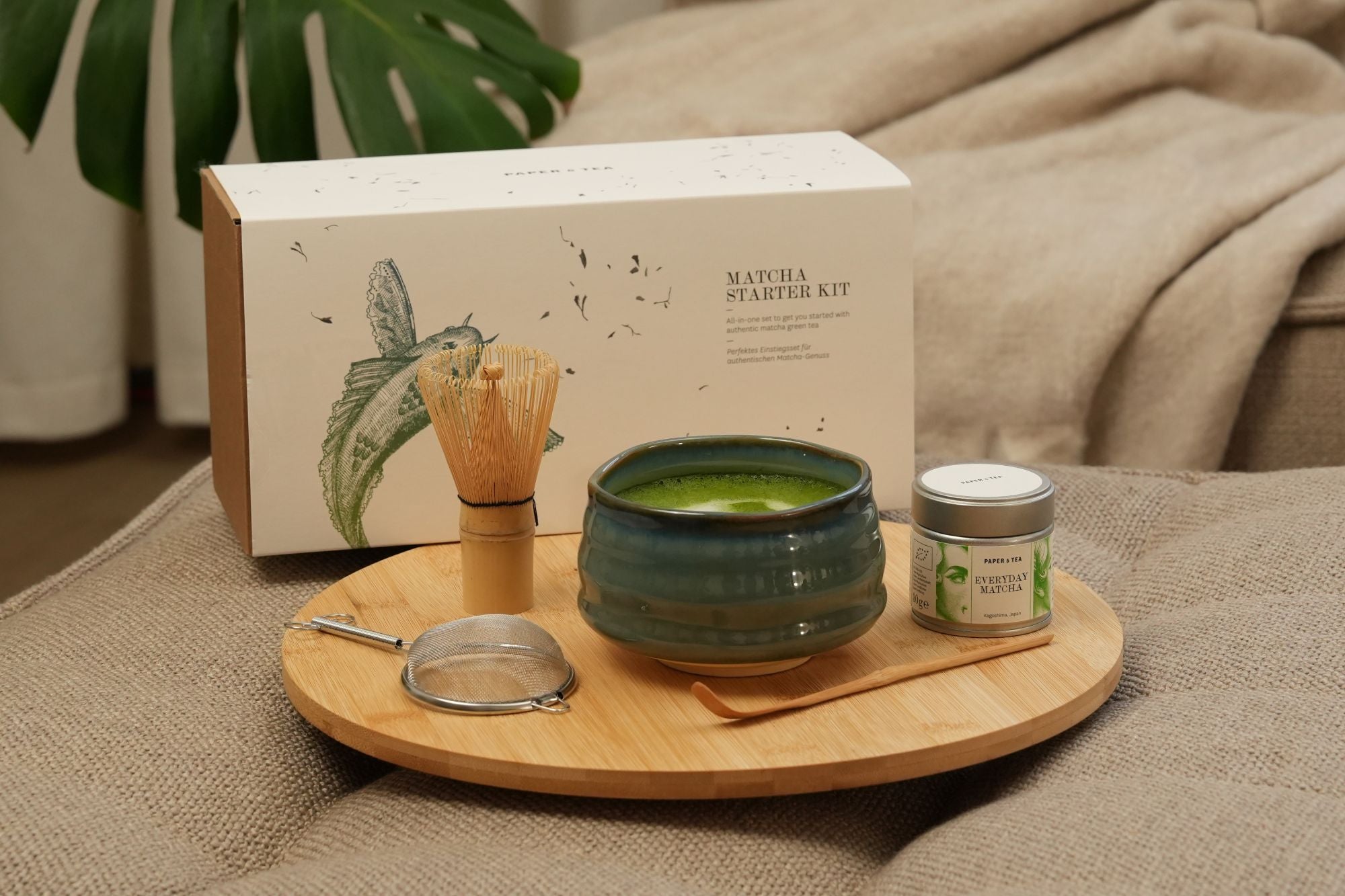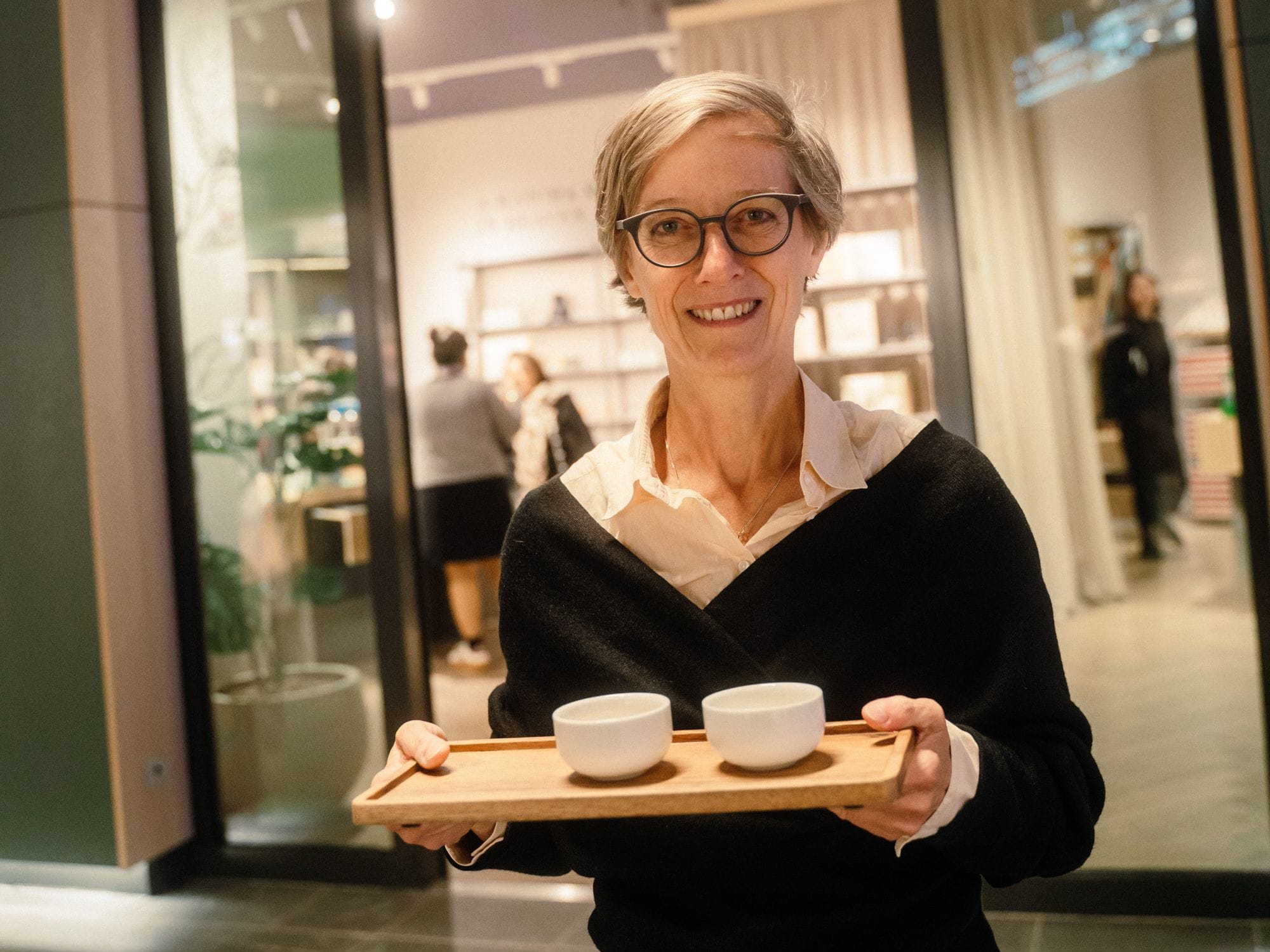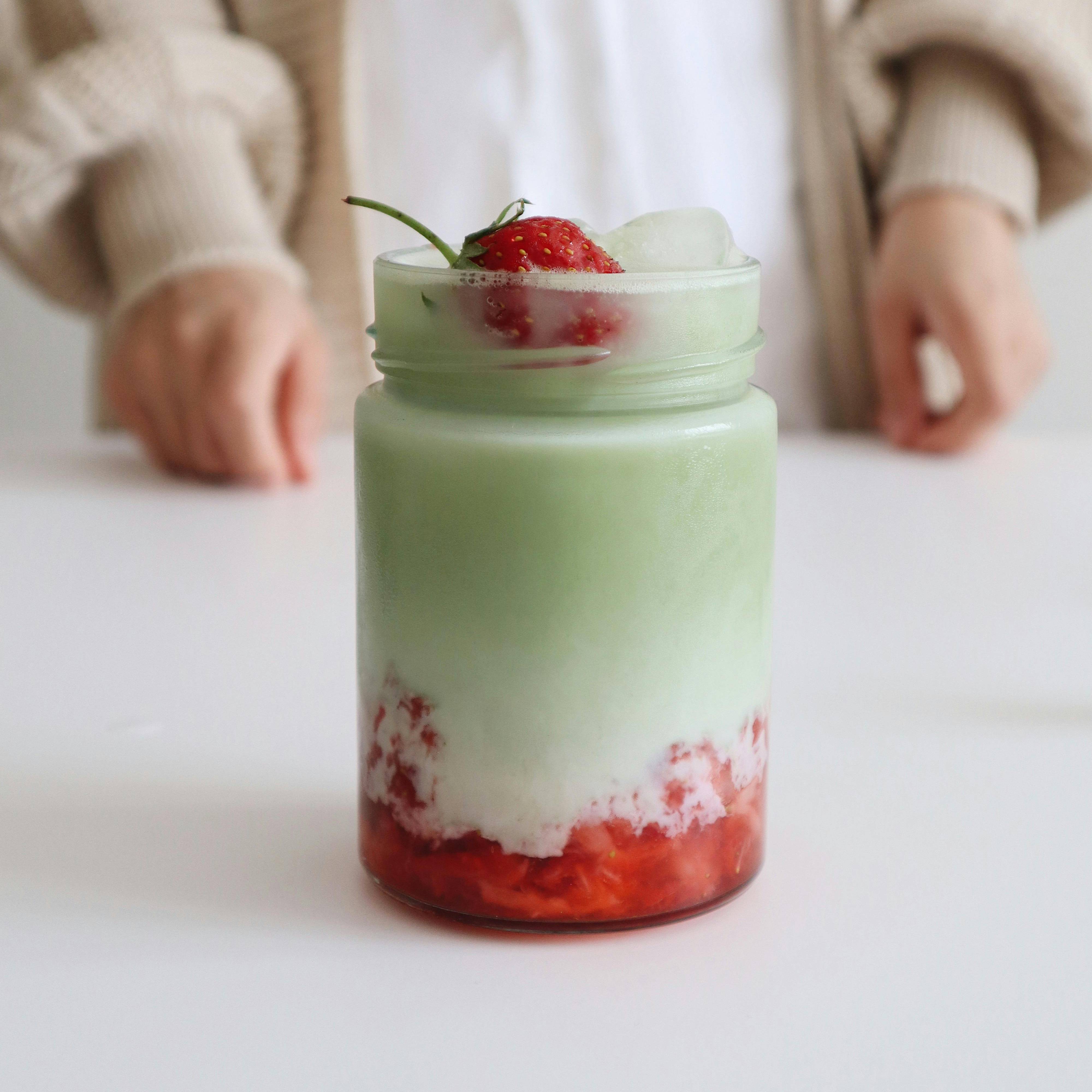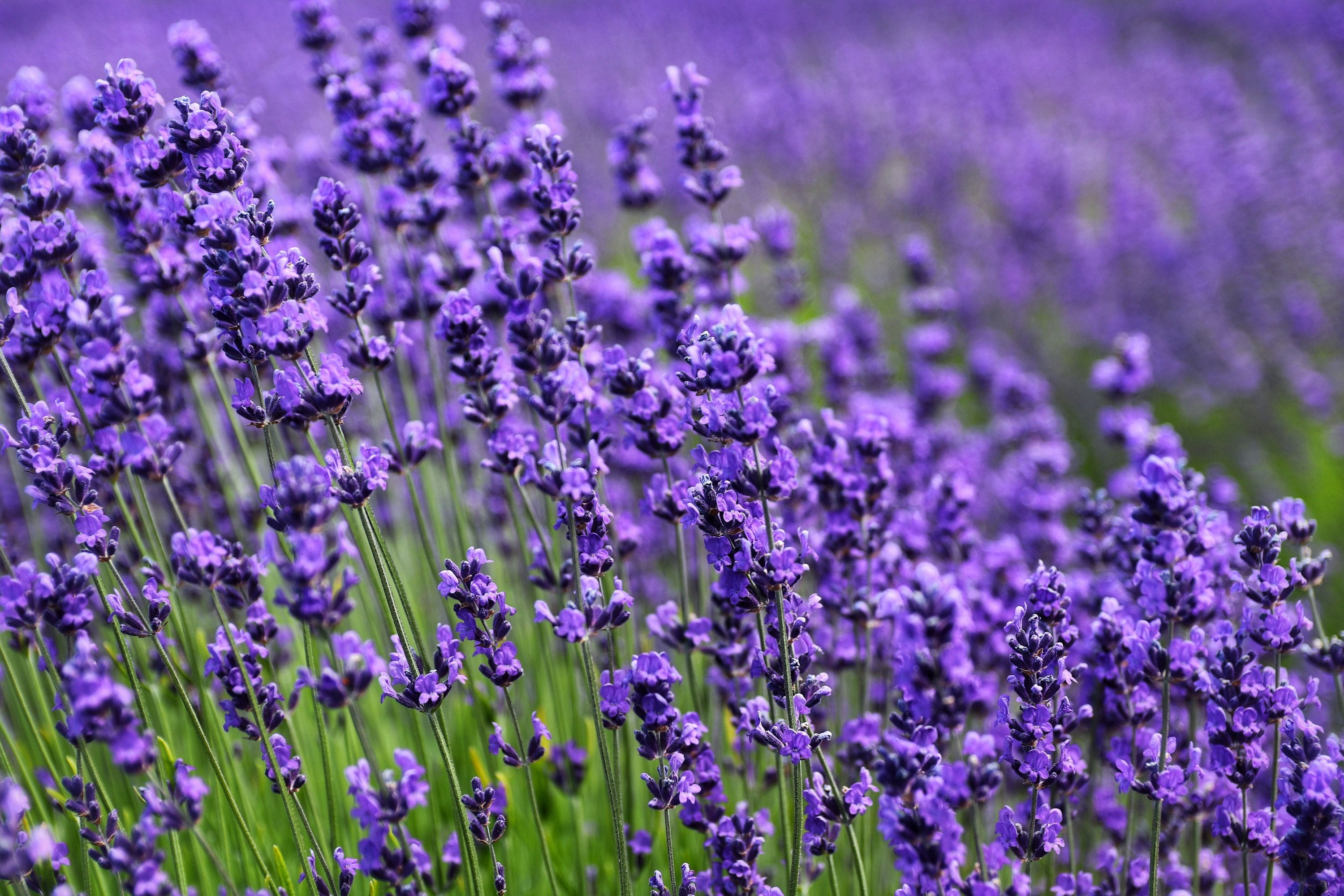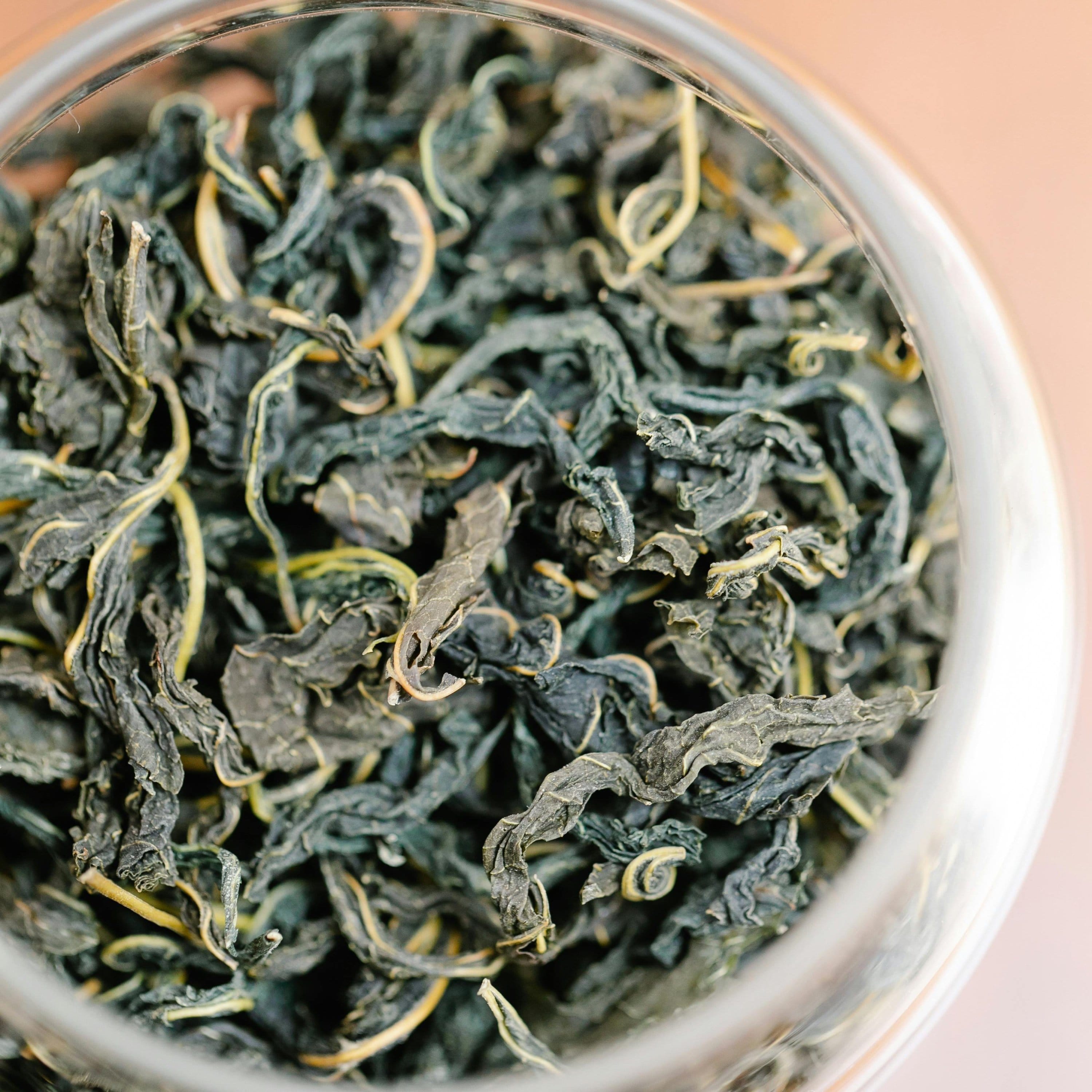Description
Gunpowder tea is instantly recognizable by its distinctive appearance. While the leaves were once hand-rolled into small pellets, today, this process is mostly carried out by machines. Still, the tea retains its original form—small, glossy spheres reminiscent of lead shot or gunpowder. Originally, this green tea was known in China as "Pearl Tea" or “Bead Tea”, a name that reflects its carefully rolled shape. It wasn’t until European sailors and soldiers encountered it that the tea received its dramatic new name, “Gunpowder”, inspired by its resemblance to explosive black powder.
Its flavor is complex: bold and full-bodied with slightly smoky notes and a subtle sweetness on the finish. Some describe it as grassy, minty, or even slightly metallic. When steeped in hot water, the tightly rolled leaves slowly unfurl, releasing a rich aroma with nutty and mildly astringent undertones.
Historical Background
Gunpowder tea has a long history, dating back to China’s Tang Dynasty (618–907 AD). Today, it is primarily produced in the Zhejiang province, where the leaves are still hand-picked before undergoing a meticulous process of roasting, rolling, and drying.
Unlike Japanese green teas, which are typically steamed, Gunpowder leaves are roasted to halt oxidation. This gives the tea its signature bold, slightly smoky profile and enhances its shelf life.
Interesting Facts
- Smaller, shinier pellets indicate higher quality. Finely rolled leaves are a sign of careful processing and a more intense aroma.
- A morning energy boost: With its high caffeine content, Gunpowder tea serves as an excellent alternative to coffee.
- A staple in Moroccan tea culture: In Morocco, Gunpowder is traditionally brewed with fresh mint and plenty of sugar, creating the famous Moroccan mint tea—a refreshing and culturally significant beverage.
- Bold and versatile: Its strong, robust character sets it apart from more delicate green teas, making it a great choice both on its own and as a base for flavorful blends.
